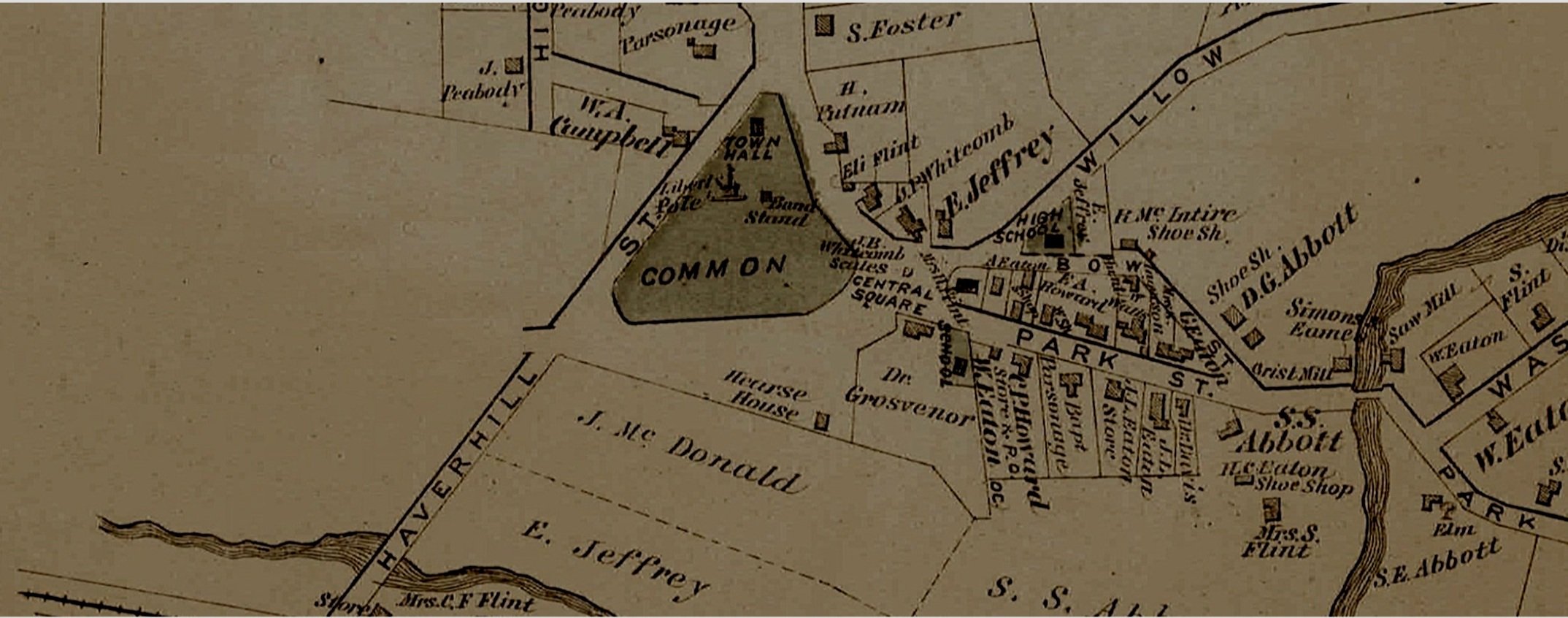
About the Society
A Short History of the NRH&AS (coming soon)
The North Reading Historical & Antiquarian Society is dedicated to the preservation of the history of North Reading (Massachusetts) through the purchase and maintenance of historical properties, the collection and preservation of articles of antiquity relating to North Reading, and informing and educating the community about local history.
The Society began its existence in 1952 when several local women established the North Reading Antiquarian Club. In 1963, this club incorporated as a non-profit and adopted its current name. Over six decades later, the Society continues to operate as a 501(c)(3) not-for-profit organization. It is entirely funded by membership dues, fundraising activities, and generous donations from local residents and businesses.
The Society is an all-volunteer organization run according to a set of by-laws by an elected board of directors. All members are welcome to volunteer to serve on the board or in other ways that fit their interests and availability. The Society organizes North Reading’s annual Apple Festival (in September) and two popular open house events—during the holiday season and on Memorial Day—at the Rev. Daniel Putnam House.
The 27 Bow Street property—home to the Putnam House and several other historical buildings—are owned by the Town of North Reading. Under the terms of a 1989 agreement (amended in 2021) between the Society and the Town, the Society oversees the Putnam House property. It manages and maintains the property in line with an annually updated cyclical maintenance plan.
The Society is separate from—but coordinates closely with—four other town entities focused on historic preservation: the Historical Commission and the Historic District Commission (both town committees appointed by the Select Board), as well as the Friends of the Damon Tavern and the North Reading Minit and Militia (two separate volunteer-run organizations).
About the Damon Tavern
The David Damon Tavern was built in 1817 by Ebenezer Damon for his older brother, Captain David Damon, a Revolutionary War veteran. Here at the half way stop of the Salem-Lowell and Boston-Haverhill coach routes, the 21-room/9-fireplace tavern also served as the town's first Post Office.
When the Damon Tavern was enlarged in 1828, a handsome second story ballroom was added. About 1835, Rufus Porter (1792-1884) painted scenic murals on the plaster walls of the ballroom. An artist, inventor, and traveling painter, Porter's murals were found on the walls of many fine old New England homes. The few surviving examples of his work are today regarded as treasures. In 1961, with aid from the Massachusetts Council of the Arts, the murals were restored by the Society. Today these murals, ballroom and upstairs rooms are in need of further restoration and preservation.
In the early 1900s the town's first telephone switchboard was located here. Until her death in the 1950s, a daughter of a long line of tavern keepers lived here and kept a variety store in one end of the building. Upon his passing in 1944, local resident, William W. Weeks, left a sum of money for the establishment of a library. In 1958, the town used this bequest to purchase the tavern building from the Whitcomb family, renaming it the Weeks Memorial Library. The building was found to be structurally unfit in the 1980s and closed. In 1991, the library returned to its earlier home in Flint Memorial Hall, after extensive renovation to the former Town Hall Building.


